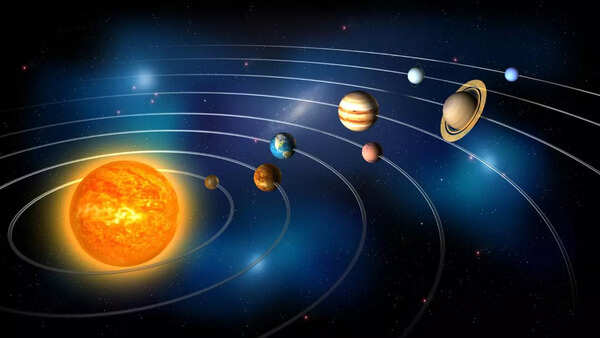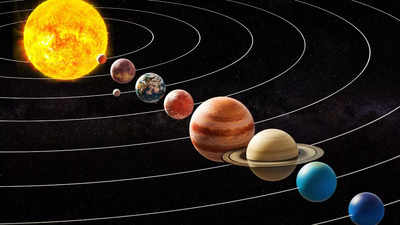Across social media, many outlets have claimed that January 25 will feature a rare alignment of four planets in the night sky. While this date, along with January 21, may indeed offer good viewing conditions, the planetary “parade” is not confined to just one or two nights. Throughout January, on any clear evening, stargazers can witness a giant arc of six planets — Mars, Jupiter, Uranus, Venus, Neptune, and Saturn — gracing Earth’s skies.
What is the Parade of Planets?
A planetary parade is a term that is used in an event when four or more planets line up in the night sky at once. NASA has specified that it is not an astronomical term, and is a little misleading. The planets cannot line up in a straight line in the three-dimensional solar system; rather, it’s our perspective of the planets lining up from Earth. These planets are actually millions of kilometers apart, but their arrangement along the ecliptic plane gives the illusion of alignment when observed from Earth.
While the appearance of planets aligning isn’t particularly rare, the opportunity to see four or five bright planets at once is a noteworthy event that doesn’t occur every year, according to the space agency.

As mentioned above, the planetary parade of six planets–Venus, Mars, Jupiter, Saturn, Neptune, and Uranus–will be visible in India from January 21 and will stay like that for four weeks giving sufficient time to observe the phenomenon.
How to watch the planetary alignment in India?
The best time to observe the planetary parade is around 8:30 PM on January 21, shortly after sunset. However, visibility will depend on numerous factors like local weather conditions and the level of light pollution in the area. For the best experience, it is ideal to find a location with minimal light interference, such as a rural area or a spot far from city lights.

While planets like Venus, Mars, Jupiter, and Saturn can be seen with the naked eye, observing Neptune and Uranus requires the use of a telescope. Venus and Saturn will be placed in the southwest for the first couple of hours after sunset, Jupiter shining brightly overhead, and Mars to the east.
A parade of seven
Mercury will briefly join the planetary parade on January 25 for a few days, completing the lineup of all seven planets in the solar system, excluding Earth. However, spotting Mercury will be challenging due to its small size and proximity to the Sun.
The planetary parade offers a rare and mesmerizing sight, with six planets visible throughout January and Mercury briefly joining on January 25. Whether you’re a seasoned astronomer or just a curious stargazer, this celestial event is a perfect opportunity to marvel at the wonders of our solar system. Grab a telescope, head to a dark spot, and enjoy the show!

